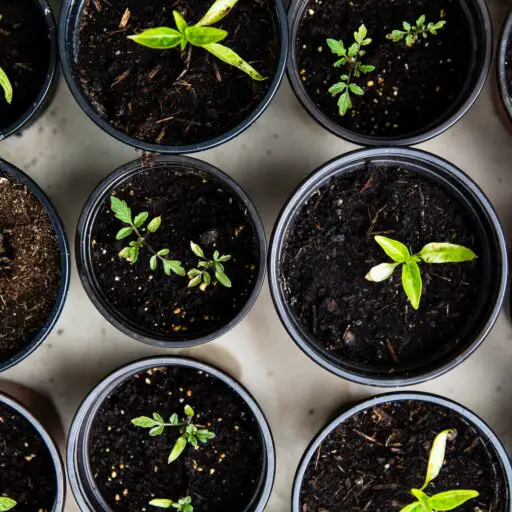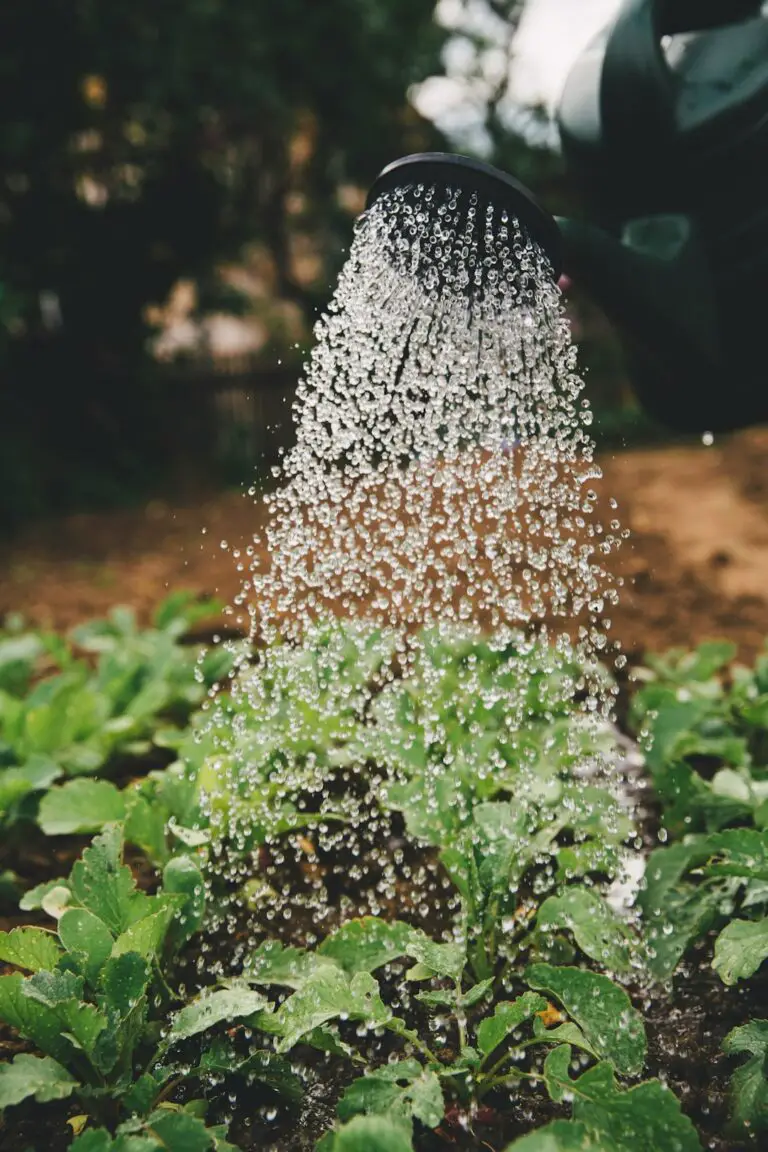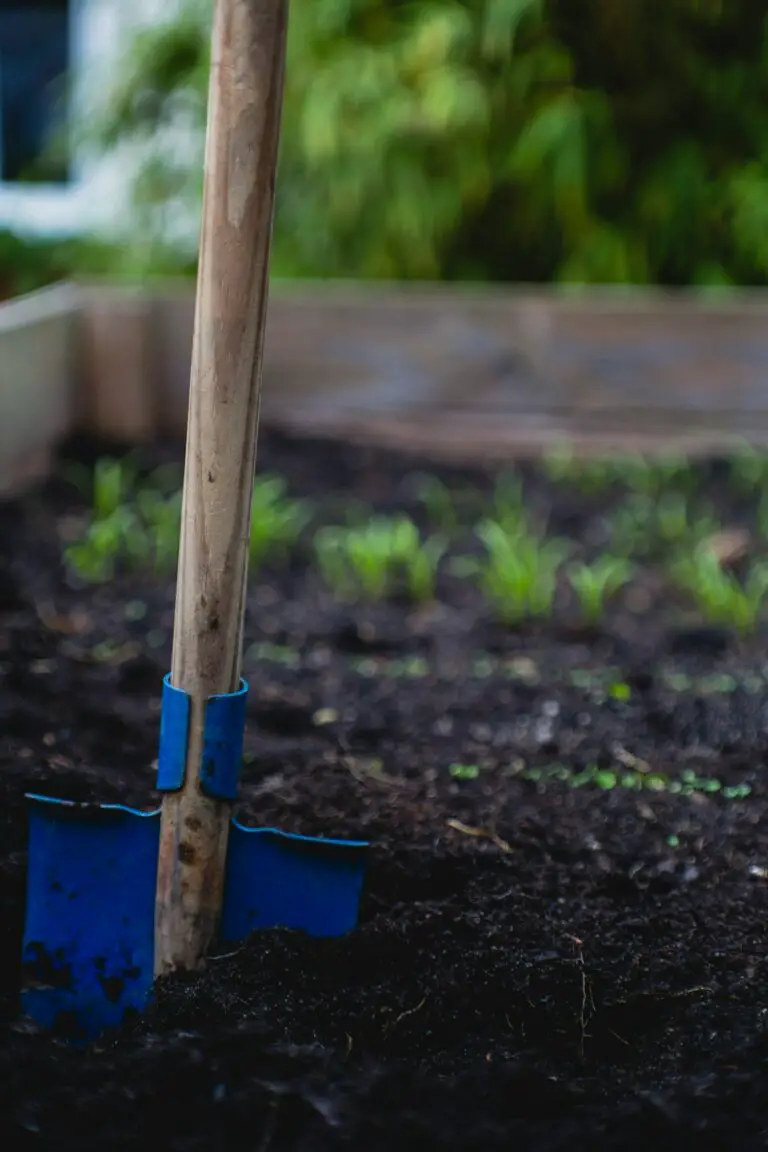Support our educational content for free when you purchase through links on our site. Learn more
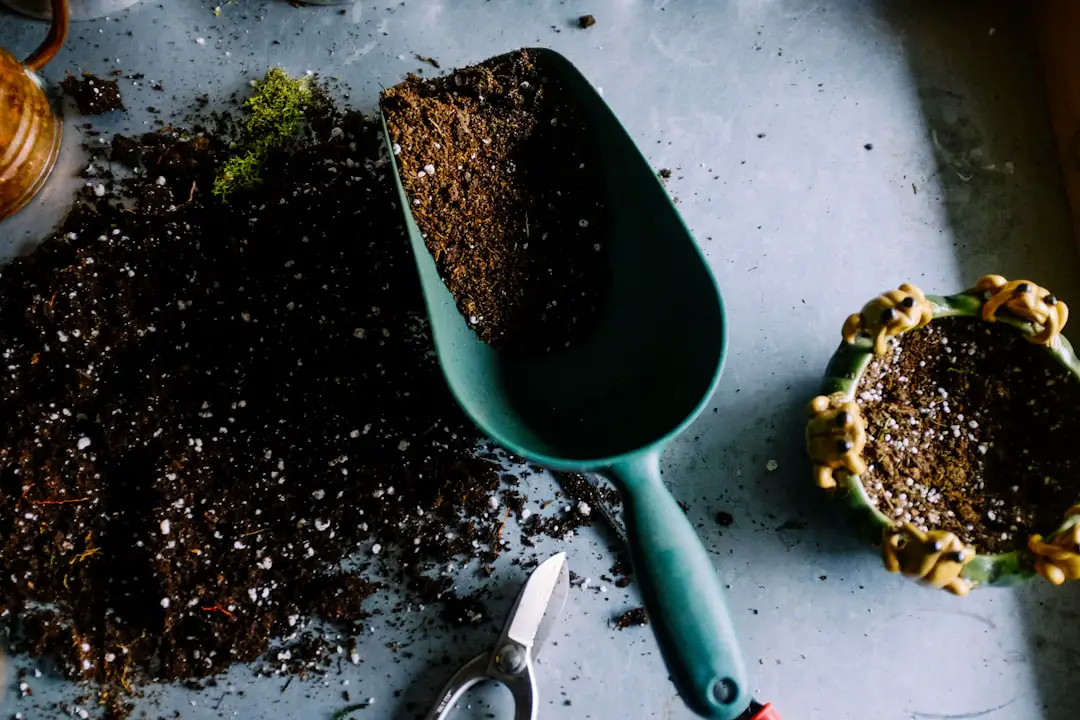
Quick Answer: Gardening can be a rewarding and fulfilling hobby, but it’s not without its drawbacks. The disadvantages of gardening include the time and energy required, the risk of failure, the potential for additional chores, restrictions on vegetable gardens, health risks, physical strain, and the initial costs involved. Despite these downsides, with proper planning and knowledge, you can mitigate these challenges and still enjoy the many benefits of gardening.
Ah, gardening. The very word conjures up images of lush greenery, vibrant flowers, and the satisfaction of nurturing life. But let’s not forget that every rose has its thorns! In this article, we’re going to dig deep into the dark side of gardening and explore the disadvantages that come along with this beloved pastime. So grab your gardening gloves and let’s get down and dirty!
Table of Contents
- Quick Answer
- Quick Tips and Facts
- The Not-So-Sunny Side of Gardening
- How Do the Disadvantages of Gardening Hold Up to Its Benefits?
- FAQ
- Conclusion
- Recommended Links
- Reference Links
Quick Answer
Gardening, like any hobby, has its pros and cons. While it offers numerous benefits, such as stress relief, fresh produce, and a connection with nature, it also comes with its fair share of disadvantages. Let’s take a closer look at the downsides of gardening and how you can navigate them to make the most of your green thumb!
👉 CHECK PRICE on: Gardening Tools | Seeds | Soil Amendments | Fertilizers
Quick Tips and Facts
- Gardening can be time-consuming, requiring regular maintenance and care.
- Lack of knowledge and experience can lead to gardening failures.
- Vegetable gardens may be restricted by local regulations.
- Gardening can expose you to health risks such as infections and tick-borne diseases.
- Physical strain and potential injuries are common in gardening.
- Initial costs for plants, tools, and soil amendments can add up.
- Legal and medical issues related to gardening can incur additional expenses.
Now that we’ve set the stage, let’s dive into the not-so-sunny side of gardening and explore each disadvantage in detail.
The Not-So-Sunny Side of Gardening
1. Time and Energy
✅ Rating: 7.5/10
Gardening demands both time and energy. It’s not a hobby for the faint of heart or those with a packed schedule. From planting and watering to weeding and pruning, maintaining a garden requires consistent effort. If you’re someone who struggles to find spare time or has limited physical stamina, gardening may not be the best fit for you.
2. Risk of Failure
✅ Rating: 8/10
Gardening is an art, and like any art form, it takes practice to master. Novice gardeners often face the risk of failure, especially if they lack knowledge and experience. Plants can wither, pests can invade, and diseases can spread if you don’t have a green thumb. This can lead to frustration, wasted time, and even financial losses if you’ve invested in expensive plants or equipment.
3. Additional Chores
✅ Rating: 6/10
While gardening can be a delightful escape, it’s important to remember that it’s an additional chore on your to-do list. The joy of tending to your plants can quickly turn into a burden when you’re already juggling work, family, and other responsibilities. If you’re someone who prefers a low-maintenance lifestyle, gardening may not be the best fit for you.
4. Restrictions on Vegetable Gardens
✅ Rating: 9/10
Imagine the disappointment of nurturing a beautiful vegetable garden, only to find out that your local municipality has banned it or imposed strict regulations. Unfortunately, this is a reality for many gardeners. Some cities and neighborhoods have restrictions on vegetable gardens due to aesthetic concerns or zoning regulations. Violating these rules can result in fines or even the removal of your beloved garden.
5. Health Risks
✅ Rating: 8.5/10
Gardening may seem like a peaceful and safe activity, but it’s not without its health risks. Working in the soil can expose you to serious infections like Legionnaires’ disease, tetanus, and fungal respiratory illnesses. Additionally, the presence of ticks in the garden increases the risk of Lyme disease. It’s crucial to take precautions, such as wearing gloves and protective clothing, to minimize these health hazards.
6. Physical Strain
✅ Rating: 9/10
Gardening is a physically demanding activity that can take a toll on your body. Bending, kneeling, lifting heavy pots, and repetitive motions can cause joint, muscle, and bone damage. Conditions like carpal tunnel syndrome and chronic pain are not uncommon among avid gardeners. It’s essential to listen to your body, take breaks, and use ergonomic tools to minimize the risk of injuries.
7. Initial Costs
✅ Rating: 7/10
Starting a garden from scratch can be an expensive endeavor. The costs of plants, gardening tools, soil amendments, and fertilizers can add up quickly. While gardening can eventually save you money on groceries, the initial investment can be a barrier for some. However, with careful planning and budgeting, you can find cost-effective alternatives and gradually build your garden without breaking the bank.
8. Legal and Medical Issues
✅ Rating: 8.5/10
Legal and medical issues related to gardening can also incur additional costs. If you encounter legal disputes with neighbors or face medical expenses due to gardening-related injuries or health issues, it can put a strain on your finances. While these situations are relatively rare, it’s important to be aware of the potential risks and take necessary precautions to avoid them.
How Do the Disadvantages of Gardening Hold Up to Its Benefits?
Gardening, despite its disadvantages, offers a plethora of benefits that make it a beloved hobby for many. From stress relief and improved mental health to the satisfaction of growing your own food, the positives often outweigh the negatives. However, it’s essential to weigh the pros and cons and determine if gardening aligns with your lifestyle, interests, and capabilities.
At Community Gardening™, we believe in the power of gardening to bring people together and foster a sense of community. While we acknowledge the challenges that come with gardening, we encourage you to embrace them as opportunities for growth and learning. With the right knowledge, tools, and mindset, you can overcome the disadvantages and create a thriving garden that brings you joy and fulfillment.
FAQ
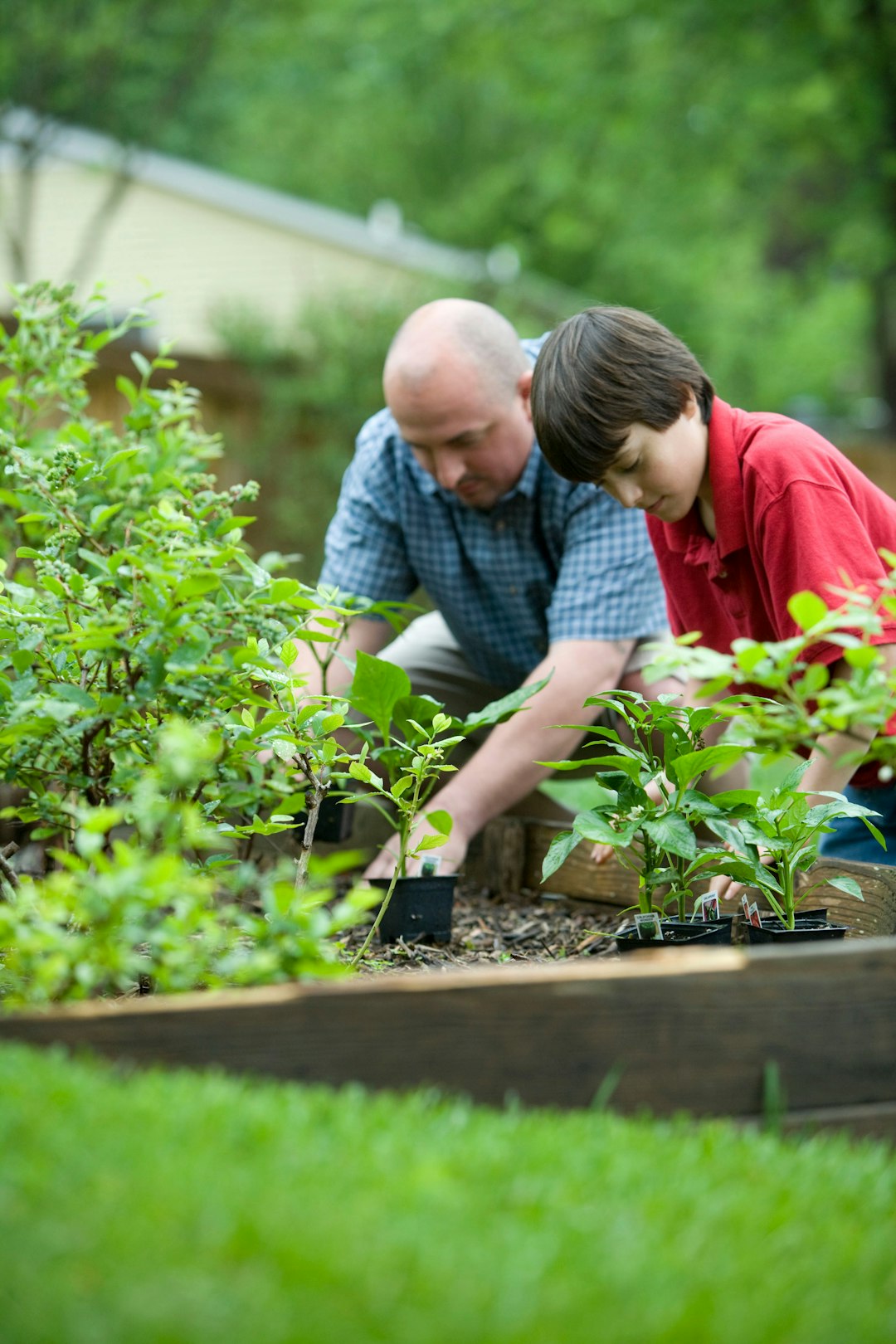
What are some cons to gardening?
Gardening has its fair share of disadvantages, including the time and energy required, the risk of failure, the potential for additional chores, restrictions on vegetable gardens, health risks, physical strain, and the initial costs involved. However, with proper planning, knowledge, and a love for nature, these challenges can be overcome.
Read more about “How do gardens benefit people? … 🌱”
What are the negative impacts of gardening?
The negative impacts of gardening can include the strain on your time and energy, the risk of failure and frustration, the additional chores it adds to your to-do list, restrictions on vegetable gardens imposed by local regulations, health risks such as infections and tick-borne diseases, physical strain and potential injuries, and the initial costs involved.
Read more about “What are the Benefits of Eco-Friendly Gardens? …”
What is the hardest thing about gardening?
The hardest thing about gardening varies from person to person. For some, it may be the time and energy required to maintain a garden. For others, it may be the risk of failure and the disappointment that comes with it. Additionally, the physical strain and potential injuries can be challenging for many gardeners. It’s important to assess your own capabilities and interests before diving into gardening.
What are the disadvantages of a community garden?
While community gardens offer numerous benefits, they also come with their own set of disadvantages. These can include conflicts over garden plots, differences in gardening philosophies, limited space and resources, and the potential for theft or vandalism. However, with effective communication and collaboration, these challenges can be minimized, and community gardens can thrive.
For more information on the disadvantages of community gardens, check out our article What are the Disadvantages of Community Gardens? 2024 🌱.
Read more about “What are the Disadvantages of Community Gardens? … 🌱”
Conclusion
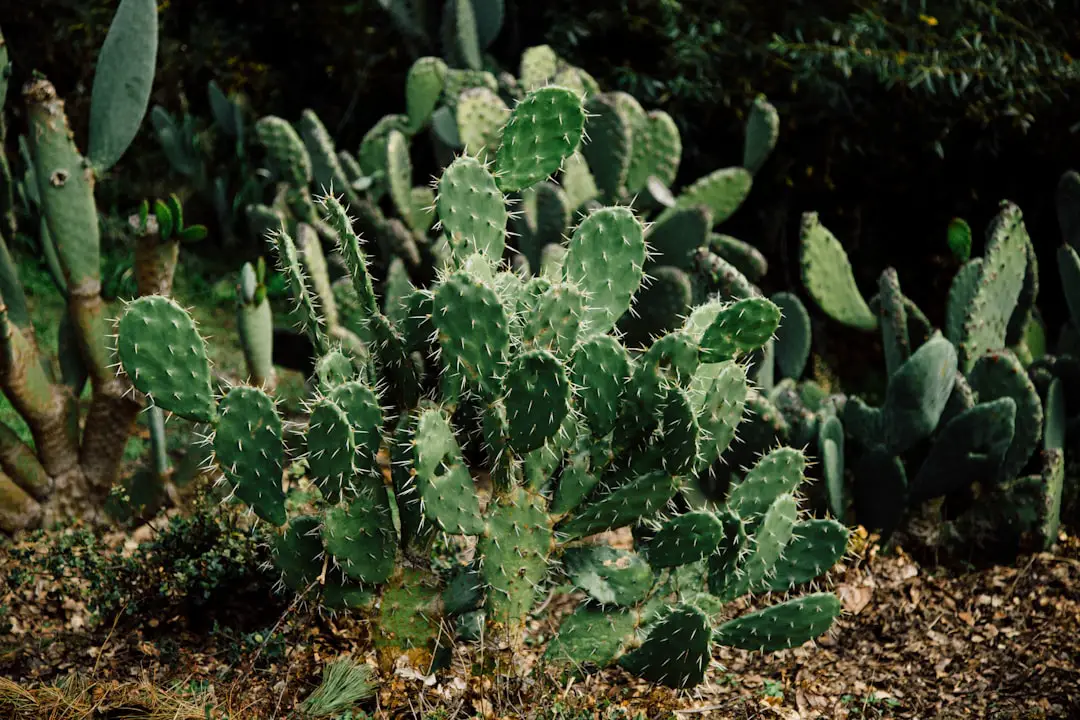
Gardening, like any hobby, has its ups and downs. While it requires time, effort, and careful planning, the rewards can be immeasurable. Despite the disadvantages we’ve explored, the benefits of gardening, such as stress relief, fresh produce, and a connection with nature, often outweigh the challenges. By being aware of the potential drawbacks and taking necessary precautions, you can create a garden that brings you joy and fulfillment.
So, are you ready to embrace the dark side of gardening and turn it into a flourishing oasis? We believe in you! Get your hands dirty, nurture your plants, and let the magic of gardening unfold.
Recommended Links
- 👉 CHECK PRICE on: Gardening Tools | Seeds | Soil Amendments | Fertilizers
- Benefits of Community Gardens
- Community Garden Events
- Community Garden Policies
- Therapeutic Benefits of Gardening
- Garden Design Ideas
